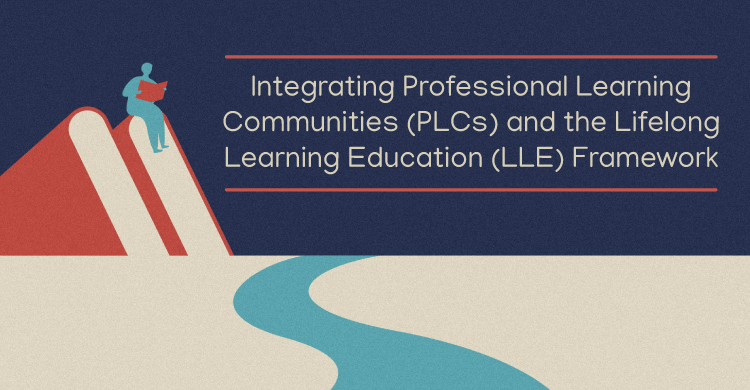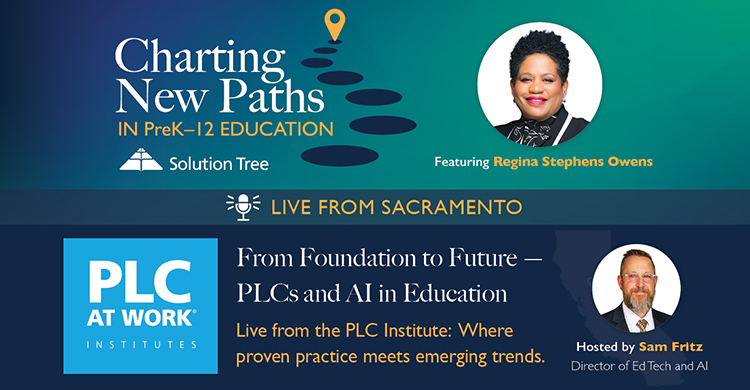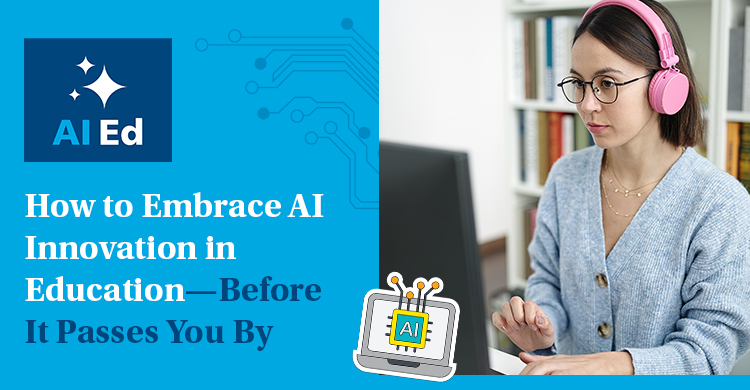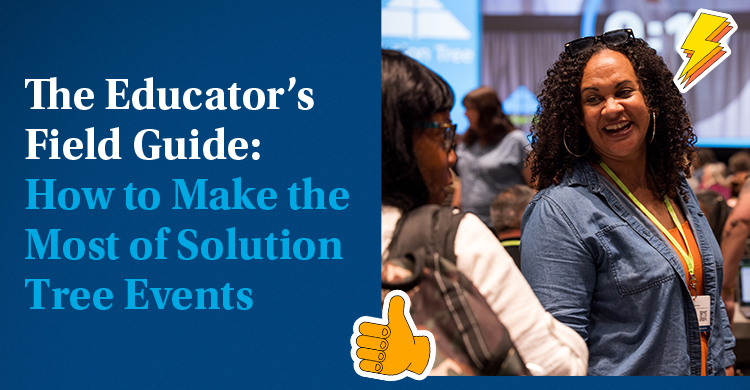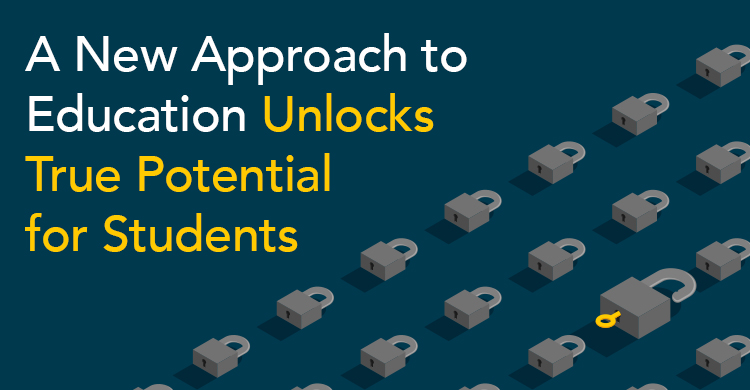Elliott Seif is the author of Teaching for Lifelong Learning: How to Prepare Students for a Changing World.
What are the essential features of professional learning communities (PLCs)?
In many schools today, teachers shut their doors and essentially work alone, providing what they consider to be the best learning possible for their students. While this often gives them the opportunity to provide their students with decent education, it also often gets in the way of creating a collaborative culture in which all teachers work together and each contributes to the larger goal of improving learning for all students. Learning becomes fragmented and segmented when teachers work on their own.
Professional learning communities (PLCs) are designed to counter the separateness of school teaching and learning by creating collaborative teams of teachers who work together to improve learning. The formation of a PLC creates “an ongoing process in which educators work collaboratively in recurring cycles of collective inquiry and action research to achieve better results for the students they serve. Professional learning communities operate under the assumption that the key to improved learning for students is continuous job-embedded learning for educators” (DuFour et al., 2016, p. 10).
Teachers who work together in PLCs create a culture of collaboration in order to agree on clear, critical learning goals and outcomes, along with a learning vision for the future, and then consider what they can do separately and together to improve learning and get better results for all students. Teachers commit to the hard work necessary to evaluate and change what they do so that they get better results—i.e., provide all students with the knowledge and skills needed for success in college, career, and life.
What are the essential features of a lifelong learning education (LLE)?
A lifelong learning education (LLE), as described in my book Teaching for Lifelong Learning: How to Prepare Students for a Changing World (2021), focuses on four fundamental goals of an education that successfully prepares students for college, career, and a lifetime of learning:
- Develop a growth mindset. Learners develop and sustain positive learning attitudes, curiosity, and interest in learning; they thrive on new challenges; they persist and seek help in the face of difficulties; they seek to improve and do better over time.
- Build a foundation of key understandings and skills. Learning is focused around a few key, essential big ideas, understandings, and concepts; students develop a core set of key skills that enable them to develop understanding, conduct research, communicate well, be thoughtful, and collaborate.
- Learn independently and deepen learning. Through independent and interdependent activities, tasks, and projects, learners are able to use, apply, and transfer their understanding and skills to new and novel situations and deepen their learning.
- Broaden and enrich student experiences. Learners are provided with rich and authentic learning experiences that help them to better understand the wider world that they live in, such as field trips, multimedia learning experiences, an understanding of multiple career options, and opportunities to explore and broaden their talents and interests.
The implementation of these four goals is supported by a four-phase instructional model that includes engaging activities; a mix of multiple types of assessments, especially formative assessments; ways to collect, share, and showcase student work over time; and essential curriculum characteristics that facilitate the adoption and adaptation of curricula to support LLE goals. Two other important components of an LLE—project-based learning and a strong civic-education initiative—are also included in the mix.
PLCs and an LLE: A Natural Integration
While PLCs are a wonderful vehicle for improving student learning, they usually begin without suggested, specific goals and methods for improving learning. There is no clear set of beginning goals and vision, methods of instructional improvement, and the like to use during the improvement process. Teachers have to find and develop these on their own, using the curricula, instructional approaches, and other information and resources available to them. On the other hand, the LLE framework suggests a clear set of beginning goals and outcomes for the educational experience and specific and practical ways to improve teaching and learning, but there is no clear mechanism like PLCs for instituting the changes necessary for LLE implementation.
Thus the two different frameworks—PLCs and LLE—complement each other, with LLE providing an initial framework of goals and strategies for improvement, and the collaborative PLC process providing the change framework for improving teaching and learning.
How might these two separate frameworks work together to improve teaching and learning? Imagine a collaborative PLC, working over a period of time, beginning the PLC process with the basic goal of greater success with students and better preparing students for a lifetime of learning. After all, students are in K–12 education for 13 years, but their learning after that might extend another 70 years and beyond! The team might begin with a discussion of the four goals of an LLE (Seif, 2021, chapter 1) and whether to adopt the four goals as is or to reframe them in a way to better meet their students’ needs. Once the PLC goals are understood, chosen, and clarified, a vision of teaching and learning might be created around their newly developed goals. PLC teams can also examine the research-based principles of learning (Seif, 2021, introduction), the LLE four-phase instructional model (chapter 2), and other aspects of lifelong learning instruction to determine how they might adapt and change what they do in classrooms to improve instruction, foster new assessment practices (chapter 3), and revise curricula (chapter 4). A focus on project-based learning activities and a framework for civic education (chapter 5) might also generate additional goals and strategies for improving teaching and learning.
Thus the PLC approach and resources (some of which are referenced below, and others of which include Teaching for Lifelong Learning, along with its study guide and reproducibles; other references, books, and blogs available through Solution Tree; and the blogs found on my website at www.lifelonglearninged.org) can be brought to bear over time to aid PLCs as they create goals, a vision, and implementation strategies to improve teaching and learning and prepare students for success and a lifetime of learning.
References
DuFour, R., DuFour, R., Eaker, R., Many, T. W., & Mattos, M. (2016). Learning by doing: A handbook for Professional Learning Communities at Work® (3rd ed.). Bloomington, IN: Solution Tree Press.
DuFour, R., DuFour, R., Eaker, R., Mattos, M., & Muhammad, A. (2021). Revisiting Professional Learning Communities at Work (2nd ed.). Bloomington, IN: Solution Tree Press.
Ryan, B. (2022). The brilliance in the building: Effecting change in urban schools with the PLC at Work process. Bloomington, IN: Solution Tree Press.
Seif, E. (2021). Teaching for lifelong learning: How to prepare students for a changing world. Bloomington, IN: Solution Tree Press.
Blog Posts for Further Reading about PLC at Work®


